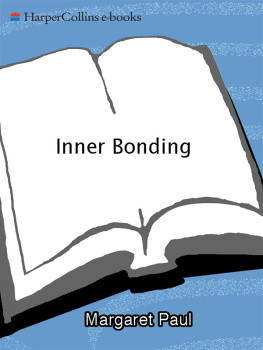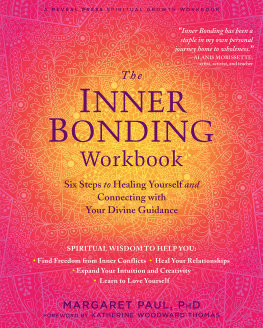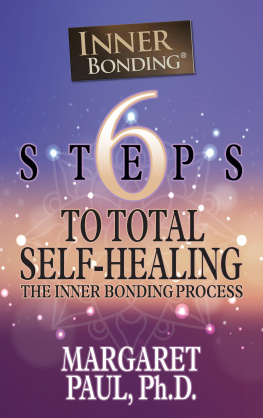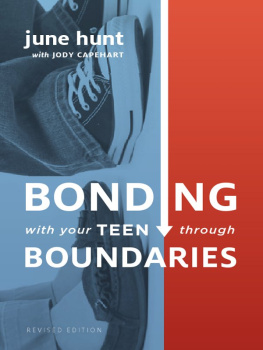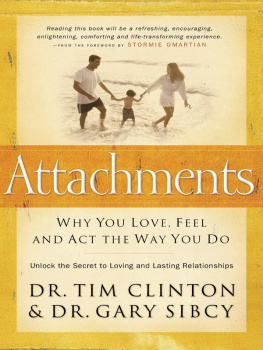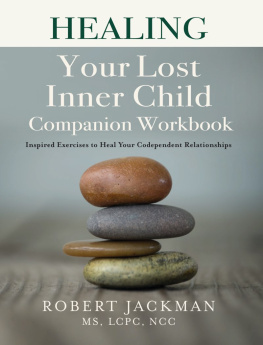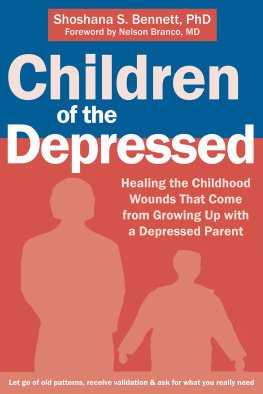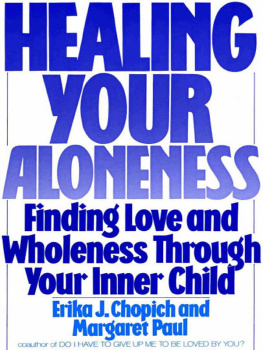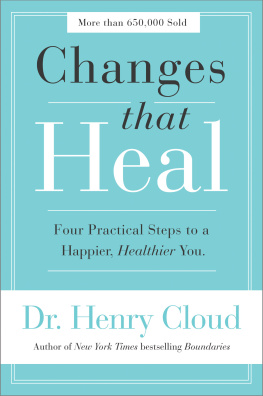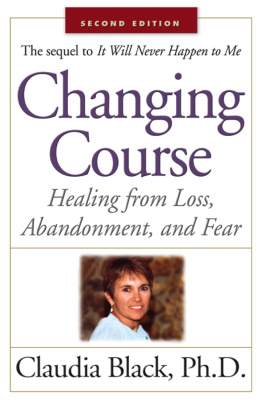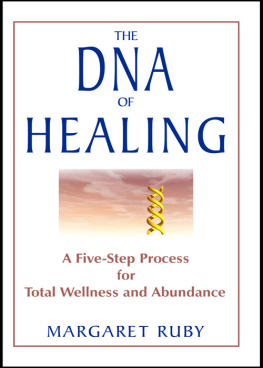There are many wonderful books on reclaiming and healing the wounded Inner Child, and many people are deeply involved in this profound inner work. However, they find as they move through the healing process that it is not enough to reclaim and heal the Child of the past. The Child of the present needs to be seen, heard, and loved every moment of the day, when around others and when alone.
Taking care of ourselves on an everyday basis is an even greater challenge than healing the Child of the past, because there are so few role models in our culture of truly loving behaviorthat is, behavior that is loving to ourselves and others. It is not as if we can reach into our own past or present experience for examples of loving behavior in specific situations with others or when alone with ourselves. We cannot reach into a collective unconscious for this information, because the information isnt there due to a lack of role-modeling in our society. We have to make it up as we go along, through trial and error, staying tuned to the Child within in order to know whether or not our choices are enhancing or diminishing our self-esteem.
I have spent years learning how to take care of myself in specific situations in ways that are loving to myself and others. This is an ongoing process for me, one that I expect will continue my whole life. The suggestions Ive come up with are just thatsuggestions. There is never one right way to handle a given situation; what I am presenting are options that work for my clients and for me. I hope these options will lead you into your own creative thinking regarding new patterns of behavior that truly support and nurture your Inner Child.
Becoming a loving Inner Adult/Parent to our Inner Child is the key to a productive and joyful life, as well as to the ability to establish and sustain intimacy. It is not enough to tell the Child within that we love and cherish him or her, and that he or she did not cause our parents to be abusive. Unless we become the parents to ourselves that we always wanted, every moment of the day, our Inner Child will never believe he or she is really lovable. If the Adult in us does not treat the Child in us lovingly, then telling the Inner Child he or she is lovable is just lip service and will create no real change in our present life.
This book illustrates the psychotherapy of Inner Bonding, a psychotherapy developed by Dr. Erika Chopich and me, and introduced in our book Healing Your Aloneness: Finding Love and Wholeness Through Your Inner Child . Since the books publication, we have received many letters from people wanting to know more about the process of developing a loving Inner Adult. I hope this book helps you along the path toward wholeness and love.
The usefulness of understanding the process of Inner Bonding Therapy is not primarily for therapists. This book is written for all those who have a desire to help themselves and others.
Margaret Paul, Ph.D.
Finding the Life We Lost in Living: Understanding Inner Bonding
It is difficult indeed to struggle against what one has been taught. The childs mind is a helpless one, pliable, absorbing. It makes what it learns a part of its very nature. Yetyou must change your minds, you must renew your hearts, and you must do it alone. There are no teachers for you.
To My Daughters with Love
PEARL S. BUCK
Youve achieved everything youve ever thought would make you happy, but the gnawing, empty feeling that something is missing is still there. To paraphrase Rabbi Harold Kushner, youve discovered that all youve ever wanted isnt enough.
You may feel lost, out of touch with yourself and others, in an emotional fog much of the time. You often feel as if youre doing nothing more than going through the motions. You may agonize over feeling insecure, inadequate, unlovable, and alone.
These are deeply painful feelings, pervasive and persistentso painful, in fact, you may have discovered any number of dysfunctional ways to ignore, deny, cover up, or numb the ache of your emptiness: alcohol, food, work, TV, sex, drugs, all of the above. Then one day something happens, a traumatic experience or an internal shift. You reach a turning point and ask yourself, as Jeremiah Abrams states in Reclaiming the Inner Child , Where is the life we lost in living?
Certainly youre not alone with these kinds of feelings. Most of us struggle with continuous or periodically recurring emotional pain for significant portions of our lives. This happens either because we dont know another, better way, or because were unwilling to try, afraid well only make matters worse. Unfortunately the pain often has to become intolerable, or a crisis must force the issue, before we take action on our own behalf. Take the case of Tom, for example.
Tom had never been in a therapists office and he wasnt happy about being there now. He sat stiffly in his dark blue suit, unaware that his fist was clenched and his expression stern. He would never have come at all, but the CEO of his company took him aside last week and told him that his outbursts of temper were undermining employee morale and driving potential customers away. Get some help, the CEO told him. Frustrated and angry, but seeing no other choice, Tom made an appointment.
After we talked for a while about Toms stress level and work load, I said, It sounds like youre not taking very good care of yourself.
Take care of myself? Thats not realistic. I have too much to do!
But you fly into unpredictable rages, and you could lose your job because of that. And being so stressed out, youre likely to lose your health as well. Can you really afford not to take care of yourself?
I dont think I can, he said softly. I dont know how.
Tom was telling the truth. He didnt know how; hed never learned. He had been at work since early childhood. His father was an abusive alcoholic, so Toms earliest memories were of trying to protect his mother and sister from harm. When he realized his father treated them better when he wasnt around, Tom left home and lived on his own. He was fifteen.
Most of us dont grow up in these extreme circumstances; but even in the best possible beginnings, very few of us know what it looks like to take care of ourselves. We havent seen that kind of behavior anywherenot in our families, not even on TV. So we follow the patterns weve learned, and we let ourselves down because we dont know what it looks like to be loving to ourselves as well as to those around us. We abuse ourselves, ignore or deny our painall because we dont know what else to do. We desperately need to begin to think about these questions: How do we take care of ourselves? How do we make ourselves happy? How do we bring joy into our lives?

